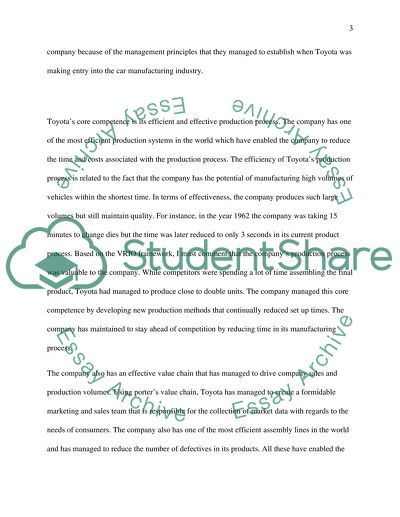Cite this document
(“Toyotas Position in the Automobile Industry Research Paper”, n.d.)
Toyotas Position in the Automobile Industry Research Paper. Retrieved from https://studentshare.org/marketing/1448016-toyota
Toyotas Position in the Automobile Industry Research Paper. Retrieved from https://studentshare.org/marketing/1448016-toyota
(Toyotas Position in the Automobile Industry Research Paper)
Toyotas Position in the Automobile Industry Research Paper. https://studentshare.org/marketing/1448016-toyota.
Toyotas Position in the Automobile Industry Research Paper. https://studentshare.org/marketing/1448016-toyota.
“Toyotas Position in the Automobile Industry Research Paper”, n.d. https://studentshare.org/marketing/1448016-toyota.


